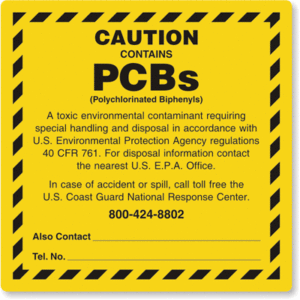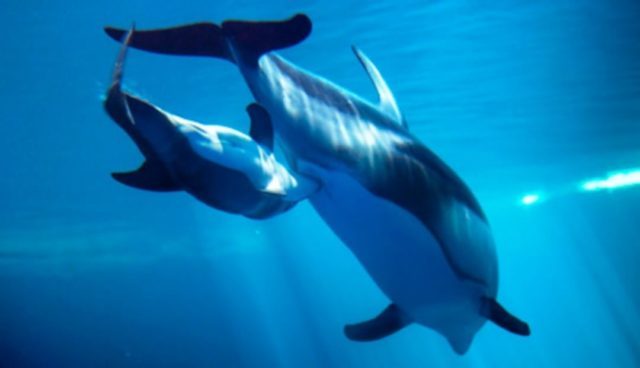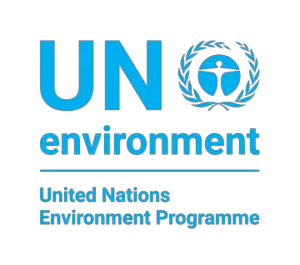The biphenyl-polychloride was a blessing when it began to be used. It has physical and chemical properties that made it a fundamental element of electricity and electronics. Since the 30s of the 20th century, there was no transformer, capacitor or electric motor that did not carry it. In the late 60s, some scientists warned that their chemical virtues hid a curse. First, they saw that it was carcinogenic and later it would be proven that it also affected the body’s fertility and defenses. In 1972, it was banned in the United States, its main manufacturer, and soon after in the rest of the world. But, 40 years later, it is killing the pinnacle of life at sea: killer whales.

With data on the concentration of polychlorinated biphenyls (PCB, of which there are dozens of formulations) in 350 killer whales of the remaining 19 large populations, a group of researchers has been able to model the future that awaits the Orcinus killer whale. They have found copies with 1.3 grams of PCB per kilogram of fat. Studies on the impact of these plastics on mammals estimate that a concentration of 0.05 grams per kilogram is enough to damage the reproductive system, the endocrine system, and the immune system.
“We knew that PCBs deform the reproductive organs of animals like the polar bear, so it was logical to examine their impact on the few orca populations left on the planet”, Rune Dietz, professor at the Arctic Research Center, says in a note from the University of Aarhus (Denmark) and co-author of the study.
The work shows that, except for the orcas of the polar regions, the rest of the populations have significant PCB concentrations. Thus, while the samples sampled in Antarctica have less than 0.01 grams of plastic per kilogram, in others, such as in northern Japan or the United Kingdom, the figures go up to half a gram. In fact, the study shows a correlation between relative proximity to areas of mass production or consumption of these plastics in the past and their presence in animal fat. “Around half of the populations studied are seriously contaminated by PCBs”, says Jean-Pierre Desforges, the study’s lead author and also a researcher in Aarhus.
The plastic enters the tissues of the killer whales through its feeding. The work, published in the journal Science, illustrates it with 2 populations that follow different diets although they share the same space. In the northeastern Pacific, north of Japan and south of the Kamchatka peninsula, a group of these cetaceans feed on schools of herring and other small fish, while the other population makes large animals, such as other mammals, dolphins, whales or seals and also sharks. In this group, the PCB concentration is between 10 and 20 times higher.

The other great route of poisoning is that which goes from a mother to her offspring. Although males tend to have a higher PCB ratio, in some populations it is the females that carry more plastic inside, plastic that ends up in the fat of the mother’s milk. It is among these populations, such as those that live off the coast of Brazil or the thirty killer whales that move through the Strait of Gibraltar where the model draws a blacker future. “In these areas, it is rare to see newborn orcas”, says the marine biologist at the University of St. Andrews (Scotland) and co-author of the Ailsa Hall model.

In addition to the existing populations, the concentration of PCBs, their persistence in the medium or the long reproductive life of the orcas, which carries the risk of transferring the plastic to their offspring, the model included other factors such as the fact that, until now Some 600,000 tons of liquids and equipment containing PCBs have been removed from circulation. According to the United Nations Program for the Environment (UNEP), there are still another 14 million tons of materials with this plastic to neutralize.
With all these data, and without other variables negatively affecting orcas, nine of the 19 remaining populations will have collapsed by the end of the century. And the majority of surviving orcas will depend on how quickly and efficiently the biphenyl-polychloride is removed.
